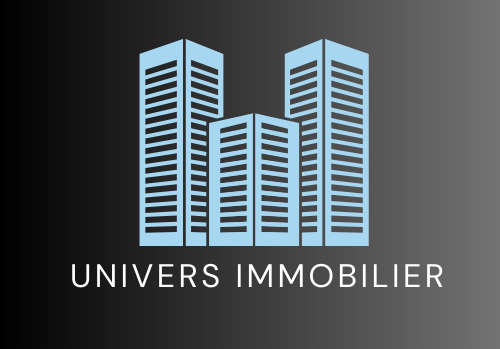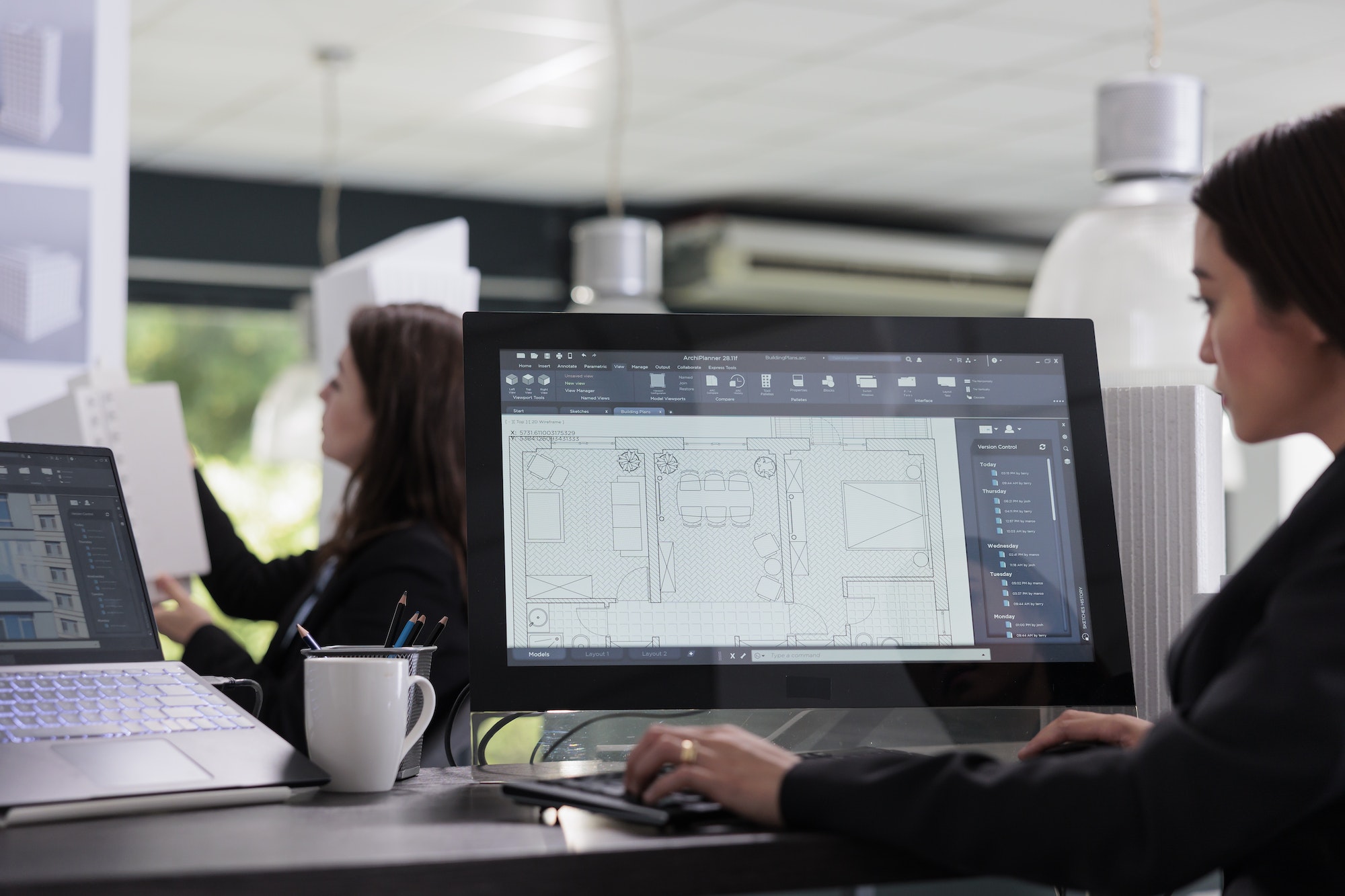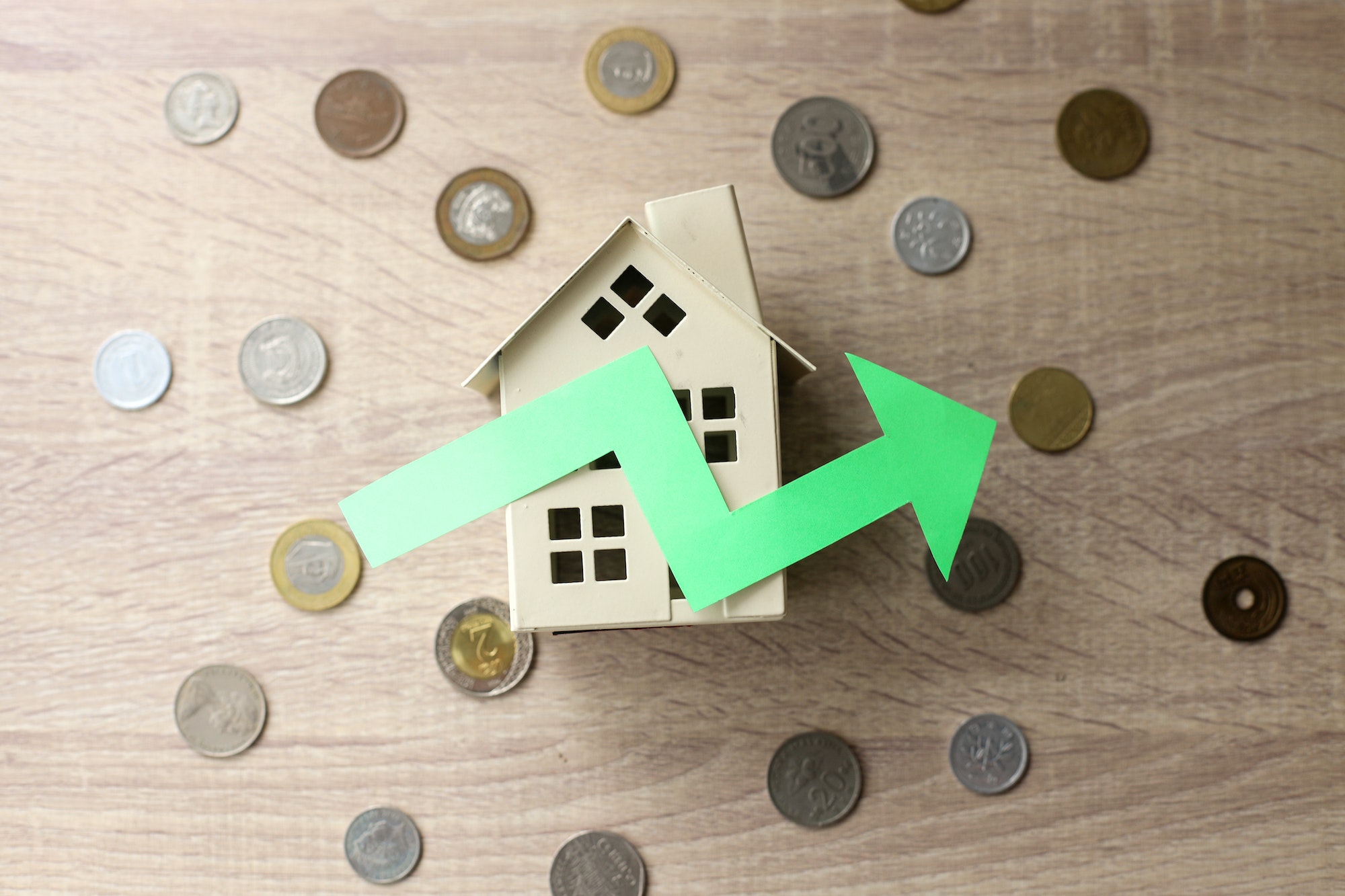As a landlord or property manager, rental property damage can be a significant concern and cause unwanted expenses. To protect your investment and maintain a positive relationship with your tenants, it is crucial to implement preventive measures and create an environment that encourages care and responsibility. In this article, we will discuss four key areas you should focus on to prevent tenant damages and reduce expenses in the long run: proper tenant screening, creating a comprehensive lease agreement, setting a fair security deposit, and maintaining regular property inspections. By addressing these areas, you will help minimize any potential issues, allowing you to focus on managing your properties efficiently and effectively.
Effective tenant screening to minimize risk
Tenant screening is the first line of defense in preventing rental property damage. Thoroughly evaluating potential tenants will help you make informed decisions and choose the right individuals who are more likely to care for the property responsibly. Consider the following aspects during the screening process:
- Credit check: A good credit score indicates financial responsibility and a lower likelihood of missed rent payments and property neglect.
- Employment history: Stable employment and a steady income can help ensure tenants will have the means to cover rent and maintain the property.
- Rental history: Contacting previous landlords and property management companies can provide valuable insights into a tenant’s track record for paying rent on time and maintaining rental units.
- References: Requesting personal and professional references can provide additional information about a tenant’s character and reliability, further reducing the risk of tenant damages.
Remember, conducting a thorough and consistent tenant screening process for all applicants is crucial to building a solid foundation of responsible tenants who will help protect your rental properties.
Comprehensive lease agreement to define responsibilities
A comprehensive lease agreement is an essential tool in preventing rental property damage. This legally binding document outlines the expectations and responsibilities of both the landlord and tenant throughout the rental period. Be sure to include the following provisions in your lease agreement:
- Tenant maintenance responsibilities: Clearly outline the duties of the tenant, such as promptly reporting maintenance issues, keeping the property clean, and taking reasonable care to prevent damages.
- Wear and tear: Define “normal wear and tear” and “tenant damages” to avoid confusion and disputes. Normal wear and tear refer to the gradual deterioration of the property due to everyday use, while tenant damages are the result of negligence or misuse by the tenant.
- Policies on alterations and improvements: Specify any restrictions or guidelines for making changes to the rental unit, such as painting, installing shelves, or modifying fixtures.
- Security deposit: Clearly state the amount of the security deposit, the conditions under which it may be withheld, and the process for returning the deposit at the end of the lease term.
By having a detailed lease agreement in place, you will help establish a clear understanding between the tenant and landlord, reducing the likelihood of disputes and property damage.
Setting a fair security deposit to cover potential damages
A security deposit serves as financial protection for landlords in case a tenant damages the rental property or defaults on their rent. This deposit, typically equivalent to one or two months’ rent, can be used to cover the cost of repairs, unpaid rent, or other expenses arising from tenant negligence.
To ensure a fair and legally compliant security deposit, consider the following points:
- Follow local regulations: Be aware of the security deposit laws in your jurisdiction, as regulations vary by state or country and may dictate limits, procedures, and timelines.
- Document property condition: Conduct a walk-through inspection with the tenant at the beginning and end of the lease term, documenting the condition of the property and any existing damages. This will help determine if any deductions from the security deposit are warranted.
- Communicate with tenants: Be transparent about the security deposit process and keep the lines of communication open. This will help build trust and encourage tenants to report issues and take responsibility for any damages.
By setting a fair security deposit and following the proper procedures, you can mitigate the risk of tenant damages and protect your investment.
Regular property inspections to detect issues early
Conducting regular property inspections is a vital part of preventing tenant damage and maintaining the overall condition of your rental units. These inspections allow you to detect maintenance issues early and address them before they escalate into more extensive and costly repairs. Consider implementing the following practices:
- Schedule routine inspections: Plan periodic inspections, such as every six months or annually, to review the condition of the property and ensure compliance with the lease agreement.
- Notify tenants in advance: Give your tenants reasonable notice before conducting an inspection, respecting their privacy and fostering a cooperative atmosphere.
- Document findings: Take photos and notes during the inspection, recording any maintenance issues or damages, and discuss these with the tenant to arrange for repairs or compensation.
Developing a proactive approach to property inspections will help you stay ahead of potential problems and maintain a well-kept rental property, reducing the likelihood of tenant damages.
In conclusion, preventing rental property damage and reducing expenses involves a combination of thorough tenant screening, a comprehensive lease agreement, a fair security deposit, and regular property inspections. By addressing these key areas, you will foster a positive landlord-tenant relationship and protect your investment in the long term. Remember, proactive property management is essential to maintaining the value and appeal of your rental properties, ensuring their continued success in the competitive real estate market.
FAQ
1. How can I prevent damage to my rental property?
The best way to prevent damage to your rental property is by thoroughly screening potential tenants, having a detailed lease agreement that outlines expectations, conducting regular walkthroughs and maintenance inspections, and providing clear communication between you and your tenants.
2. What should be included in a lease agreement?
Your lease agreement should include the basic terms of the rental, such as the amount of rent due, the length of the lease, and any rules or regulations that apply to the tenant. It should also list any specific rules regarding pets, smoking, and use of common areas. Finally, it should include a clause about damages and repairs for which the tenant is liable.
3. What are some tips for conducting a walkthrough?
When conducting a walkthrough of your rental property with a new tenant, make sure to take pictures or videos of the property’s condition so you have proof if there are any disputes later on. You should also go over any rules or regulations that apply to the tenant, as well as explain how to contact you in case of an emergency.
4. What kind of maintenance inspections should be done?
Periodic maintenance inspections should be done to ensure that all necessary repairs are being made in a timely manner. This includes checking for any signs of water damage, mold growth, pest infestations, or any other potential hazards that could lead to costly repairs down the line.
5. How can I communicate effectively with my tenants?
Effective communication with your tenants is key in preventing rental property damage. Make sure that you respond promptly when tenants reach out with questions or concerns, provide written copies of all agreements and instructions for maintenance requests, and establish clear boundaries for acceptable behavior.






